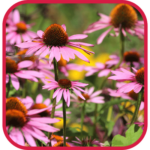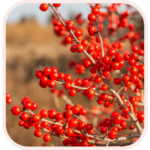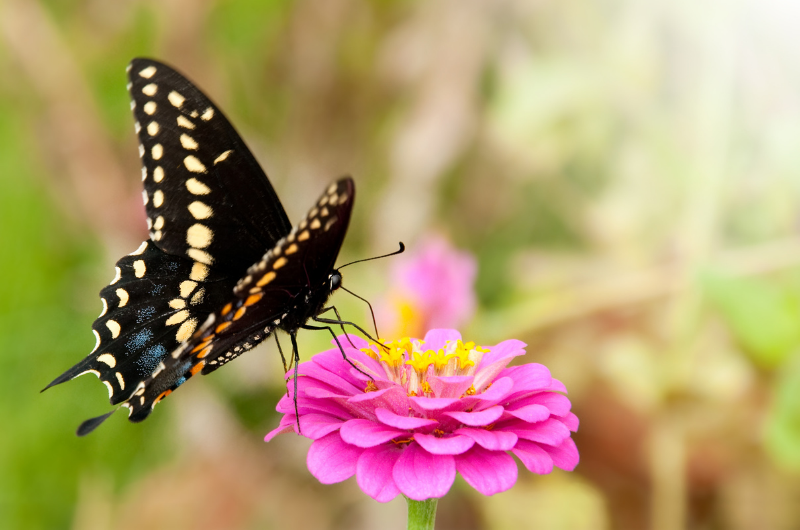Plant For Pollinators: A Gardeners’ Seasonal Guide
When we have a intentional plan to plant for pollinators, we can provide food supply to these critical beings all year round. As stewards of our environment, we gardeners play a crucial role in supporting pollinators throughout the seasons. It’s not just a spring thing! From early spring blossoms to late fall blooms, planning a garden that caters to pollinators ensures a thriving ecosystem and bountiful harvests.
We’re making it easy for every gardener to plant for pollinators, creating a haven for bees, butterflies, and other essential insects in their New England gardens. Every plant plays a vital role in sustaining these valuable pollinators. Ready to be a pollinator hero? These are some of our pro picks for full season sustainability.
Early Spring
In the brisk days of early spring, when pollinators emerge from hibernation, plants like Pussy Willow, Blueberry, and Amelanchier provide essential nectar and pollen. These early bloomers offer a vital food source for bees and butterflies as they begin their foraging journeys.
Spring
As spring progresses, plants like Baptisia, Sisyrinchium, Redbud, and Viburnum burst into bloom, attracting a diverse array of pollinators. These flowering perennials not only add beauty to the garden but also sustain bees, hummingbirds, and other beneficial insects throughout the season.
Summer
In the heat of summer, gardens come alive with the vibrant hues of Echinacea, Bee Balm, Thalictrum, Swamp Milkweed, and Elderberry. These summer favorites provide sustenance for pollinators during the peak of their activity, ensuring continued pollination and seed production.
Late Summer
As late summer arrives, Turtleheads, Joe Pye Weed, and Clethra take center stage in the garden, offering a late-season feast for pollinators. These hardy perennials are a valuable resource for bees and butterflies preparing for the cooler months ahead.
Fall
Even as the days grow shorter, pollinators remain active, seeking out nectar-rich flowers like Winterberry, Rudbeckia, Sedum, and Ninebark. By planting a diverse range of fall-blooming plants, gardeners can provide essential nourishment for pollinators as they prepare for winter.
More Plant For Pollinators Gardener Resources
For more info to continue to plant with purpose and prioritize the well-being of our pollinator friends throughout the year, you can find more pollinator content here. We invite you to use our free online Plant Finder to search our inventory and create your wishlist for pollinator-friendly plants. As always, our helpful pros are on hand in the Garden Center to provide personal pollinator recommendations for your garden space. Not a DIYer? Hire Landscape Team to design an eco-friendly garden at your home or business.
My Pro Tip:
In addition to planting pollinator-friendly flowers, consider incorporating a water source into your garden. Pollinators need access to clean water for hydration and maintaining their energy levels. A shallow dish filled with water and pebbles or marbles for perching can attract bees, butterflies, and birds, ensuring they have the resources they need to thrive.
See you at Studley’s!

Blog
Get fresh home inspiration and helpful tips from our interior designers





















